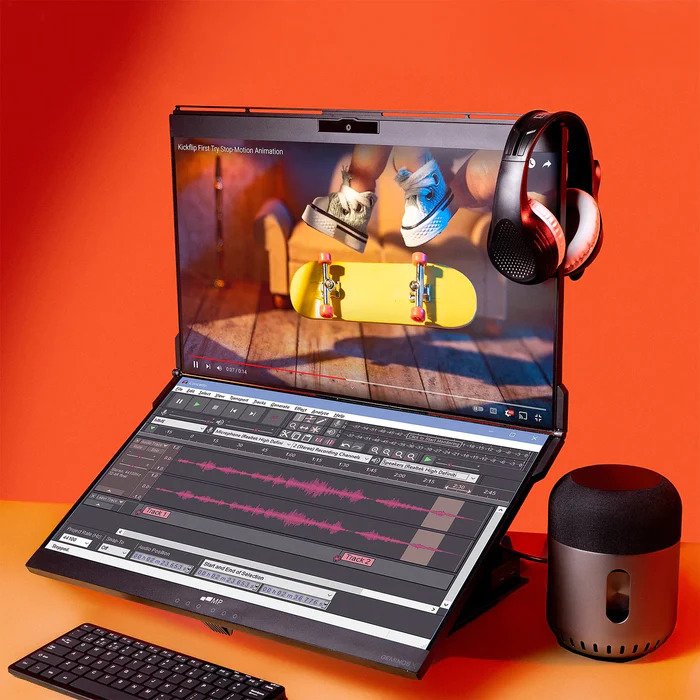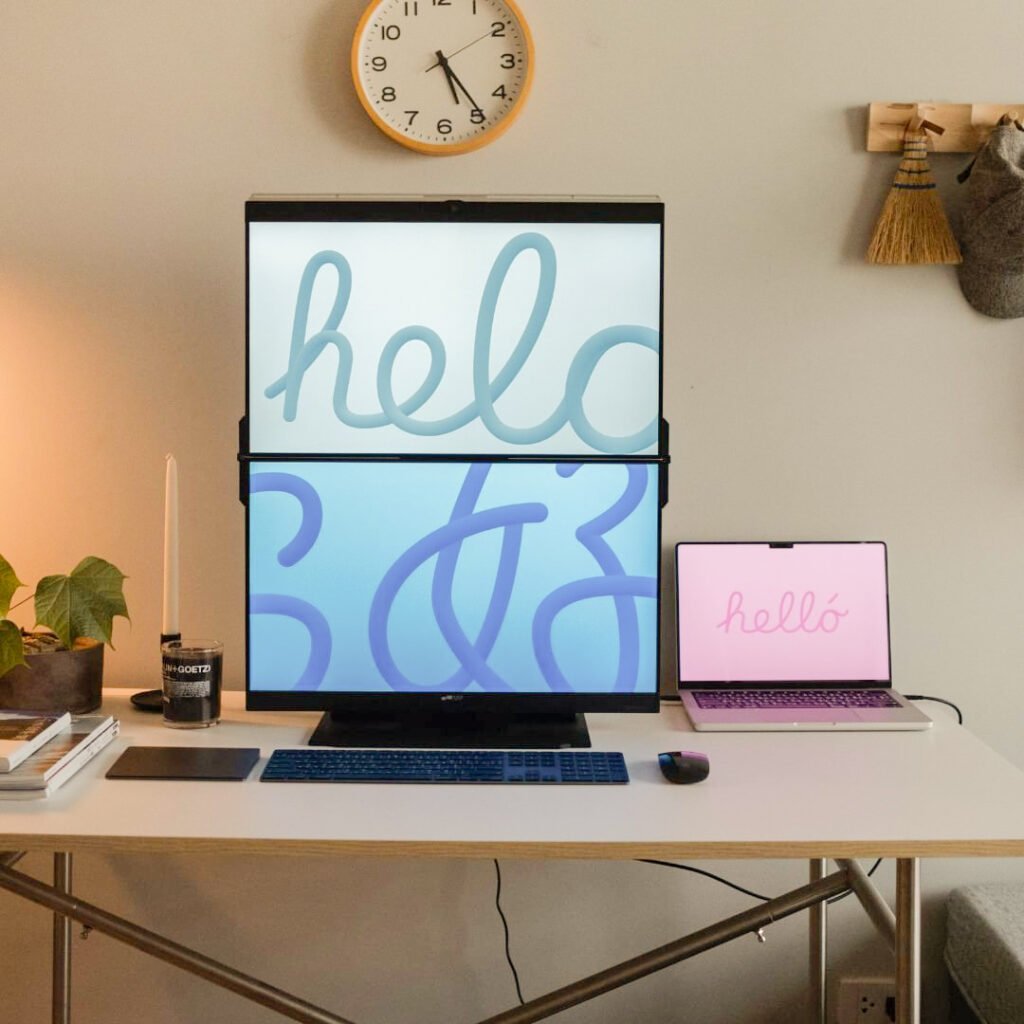Here at Pump It Up Magazine, we’re always on the lookout for tools that truly make a difference — especially for creatives, professionals, and go-getters who are balancing multiple tasks at once.
So when we tested a dual monitor setup, we had one word: game-changer.
Whether you’re a data scientist, digital creator, student, or business owner managing large spreadsheets and analytics, dual monitors are no longer just “nice to have” — they’re an absolute must. Here are 5 big reasons why we think everyone should give them a try.

1. Double the Space, Half the Stress
We were instantly amazed at how much more organized and less cluttered our digital space became. With a dual monitor, there’s finally room for everything: code on one screen, dashboard on the other — or maybe your Zoom call on one side and your project notes on the other.
No more minimizing, flipping through tabs, or losing your train of thought. Just a clean, calm workspace where you can actually breathe.
2. Speed Up Your Workflow Instantly
With two screens, your productivity truly gets a boost. Here at Pump It Up Magazine, we’re constantly juggling tools like Google Docs, Canva, spreadsheets, emails, and content calendars — and before using dual monitors, we spent way too much time clicking around and digging through windows.
Now? It’s a total game-changer. We move through tasks seamlessly, stay more focused, and finish projects faster. Whether you’re creating reports, designing graphics, or managing social media, a dual monitor setup makes everything feel easier, smoother, and way more efficient. If you’re looking for more ways to stay sharp and productive, check out our tips on boosting energy and staying focused naturally — your brain will thank you.
3. A Must-Have for Coders and Data Analysts
Our tech editor tested dual monitors for coding and debugging — and the results were clear: faster troubleshooting, smoother testing, and better focus. Having the script open on one screen and the output or terminal on the other made everything more efficient.
If you work in data science or software development, this setup can seriously elevate your entire coding experience.

4. See Your Data Visualizations in Full Glory
We know many of our readers work with tools like Tableau, Power BI, or Seaborn — and if that’s you, trust us: a dual monitor setup makes visualizing and analyzing data 10x easier.
One screen for charts and plots, one for your source code or data summaries. It feels natural, intuitive, and saves you from the back-and-forth window shuffling.
5. Effortless Multitasking = More Focus
At Pump It Up, we’re multitasking all day long — publishing articles, hosting interviews, creating content, and more. A second screen makes it possible to keep everything flowing without distraction.
From monitoring emails while editing content, to running virtual meetings while referencing notes, a dual monitor helps you stay in control without losing momentum.
Our Verdict: Is a Dual Monitor Worth It?
Absolutely. It’s one of the simplest upgrades that brings real, daily results — better workflow, fewer mistakes, and more mental clarity. Whether you’re a full-time data analyst or someone who just wants to work smarter, we highly recommend adding a second screen to your setup.
Once you try it, there’s no going back!
👉 Shop top-rated portable dual monitors at Mobile Pixels — and transform the way you work, code, and create.
Your future focused, clutter-free setup starts now!
FAQ – Dual Monitors Made Simple
Q: Do I need to buy two of the same monitor?
Nope! Mismatched sizes or brands work fine — just make sure both displays have decent resolution and fit your desk space.
Q: Can I use my laptop with a second monitor?
Yes! Most laptops easily connect to an external screen using HDMI, USB-C, or an adapter.
Q: Is setup difficult?
Not at all. It usually takes under 5 minutes — your computer will recognize the second monitor, and you can adjust your layout in display settings.
Q: What monitor size is ideal?
24–27 inches is perfect for most users. Larger displays or vertical monitors are great for coding or reading documents.
Q: Is it a good investment?
Definitely. You’ll be more productive, less stressed, and your workflow will feel smoother and more professional.
Pump It Up Tip:
If you’re building a better workspace, don’t forget good lighting and a comfy chair too — your back (and brain) will thank you!







